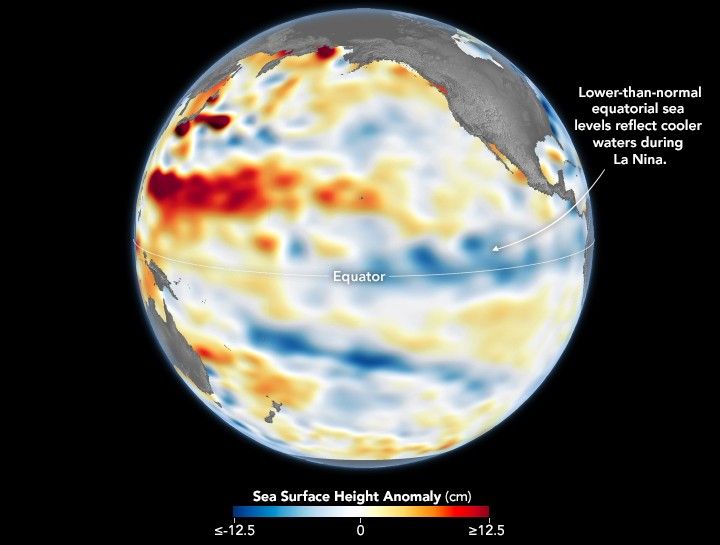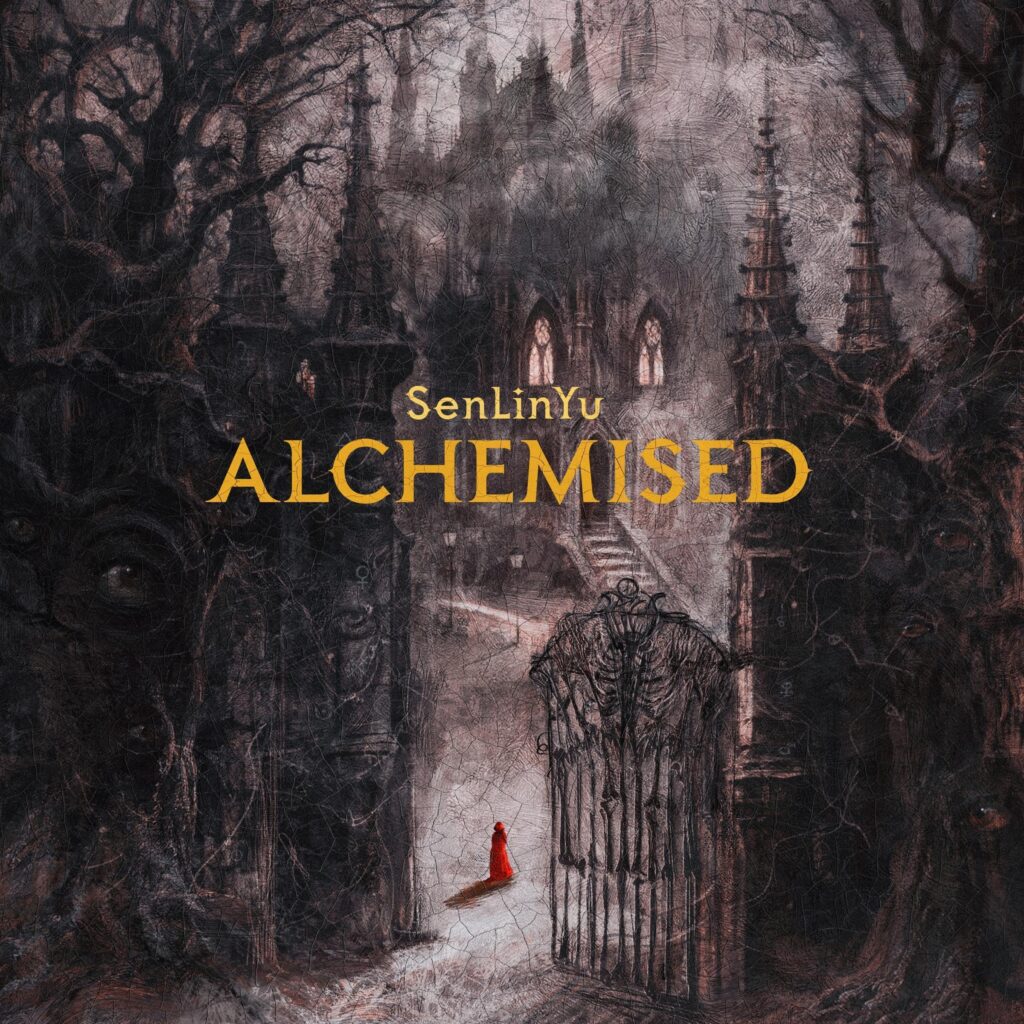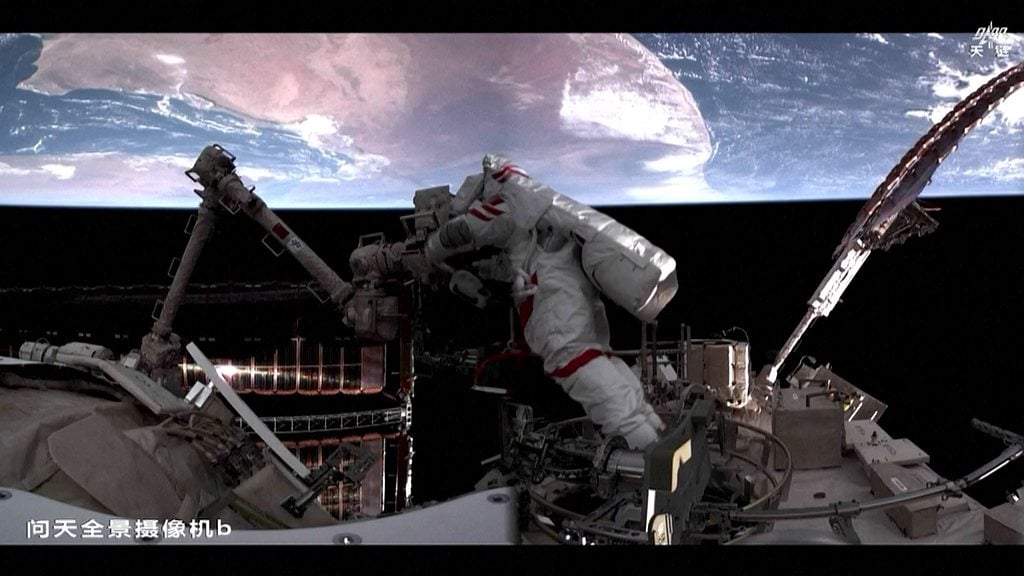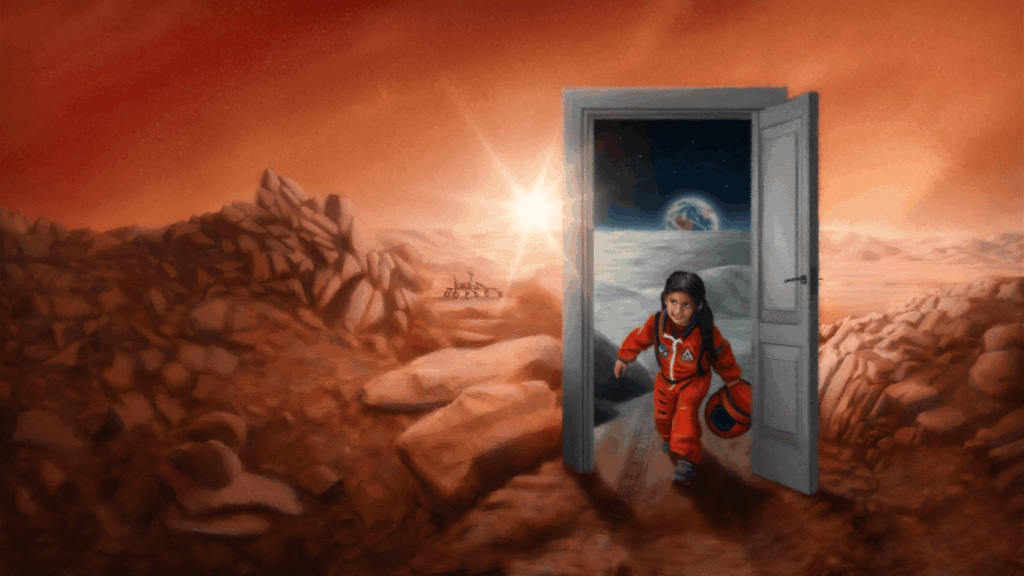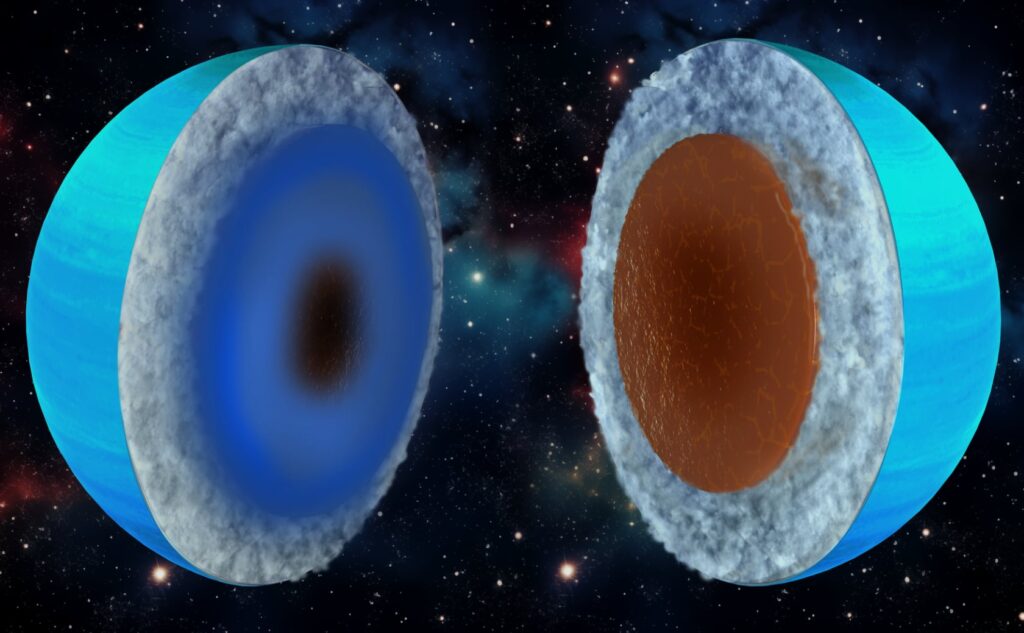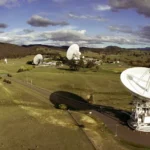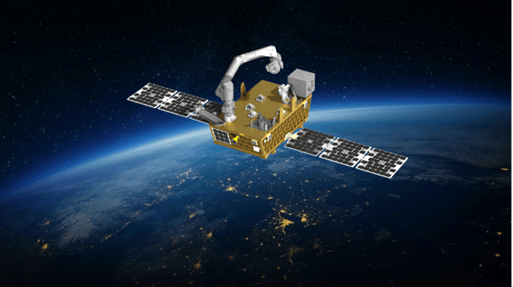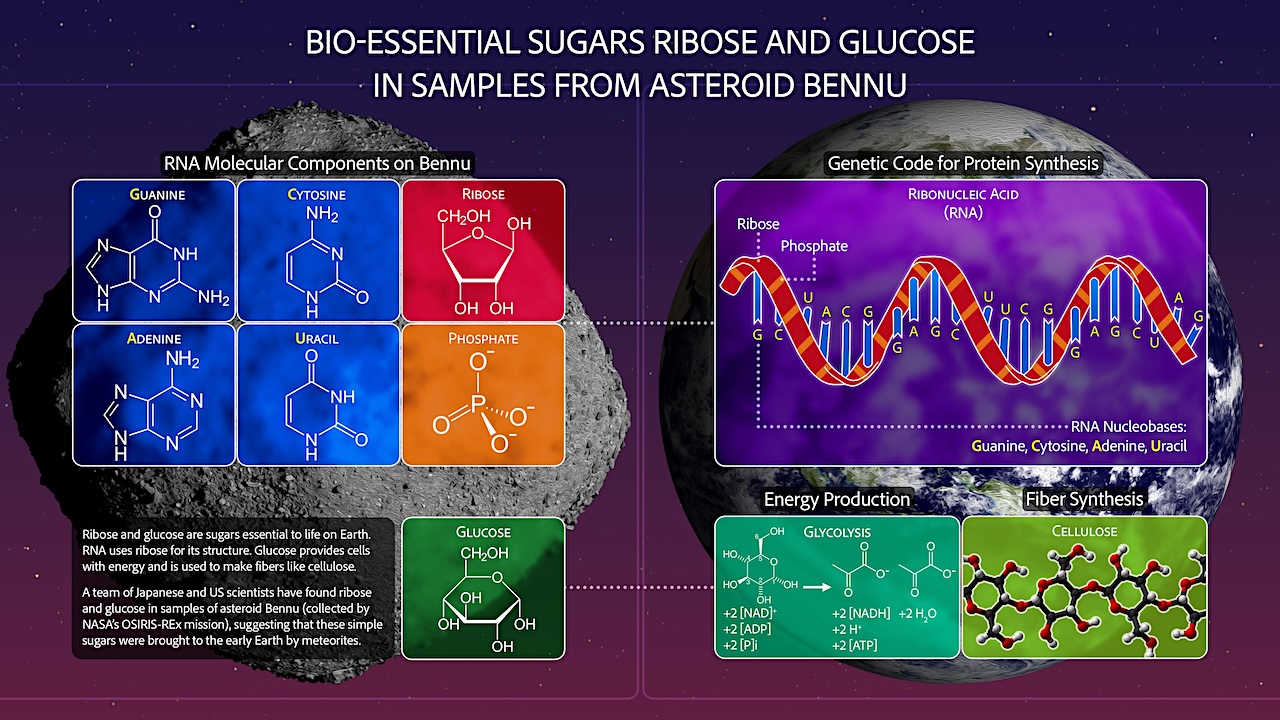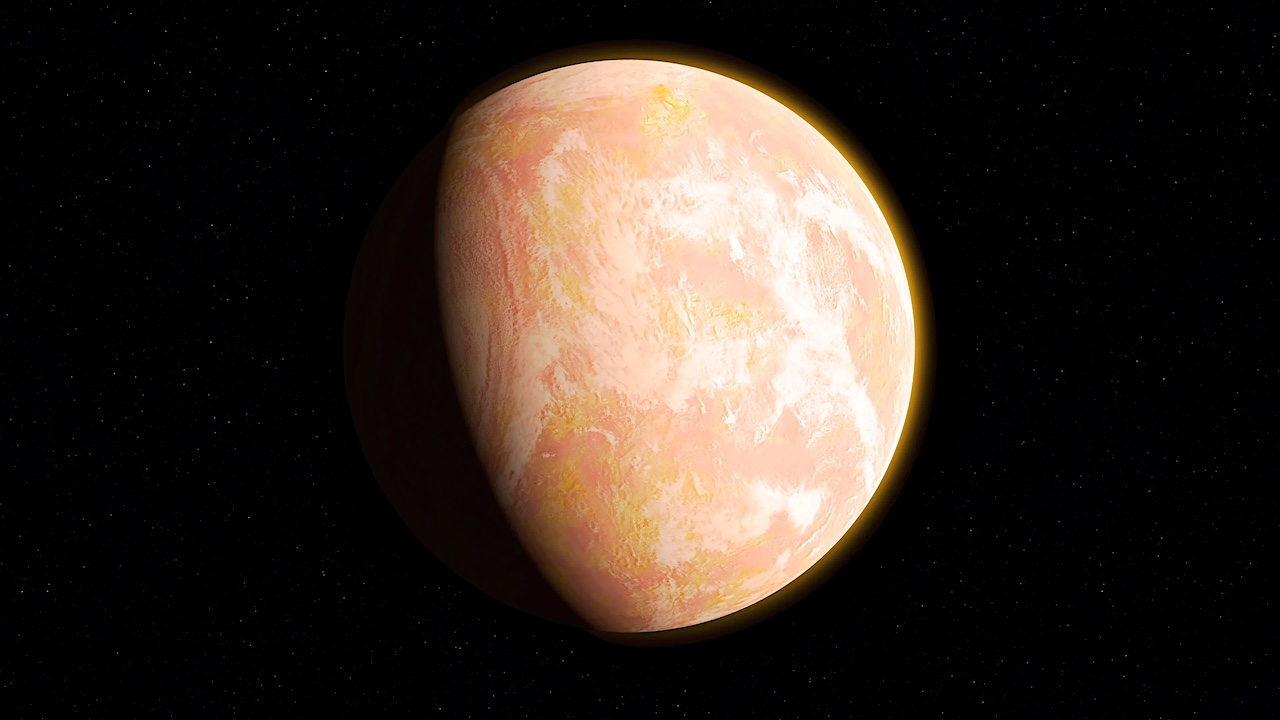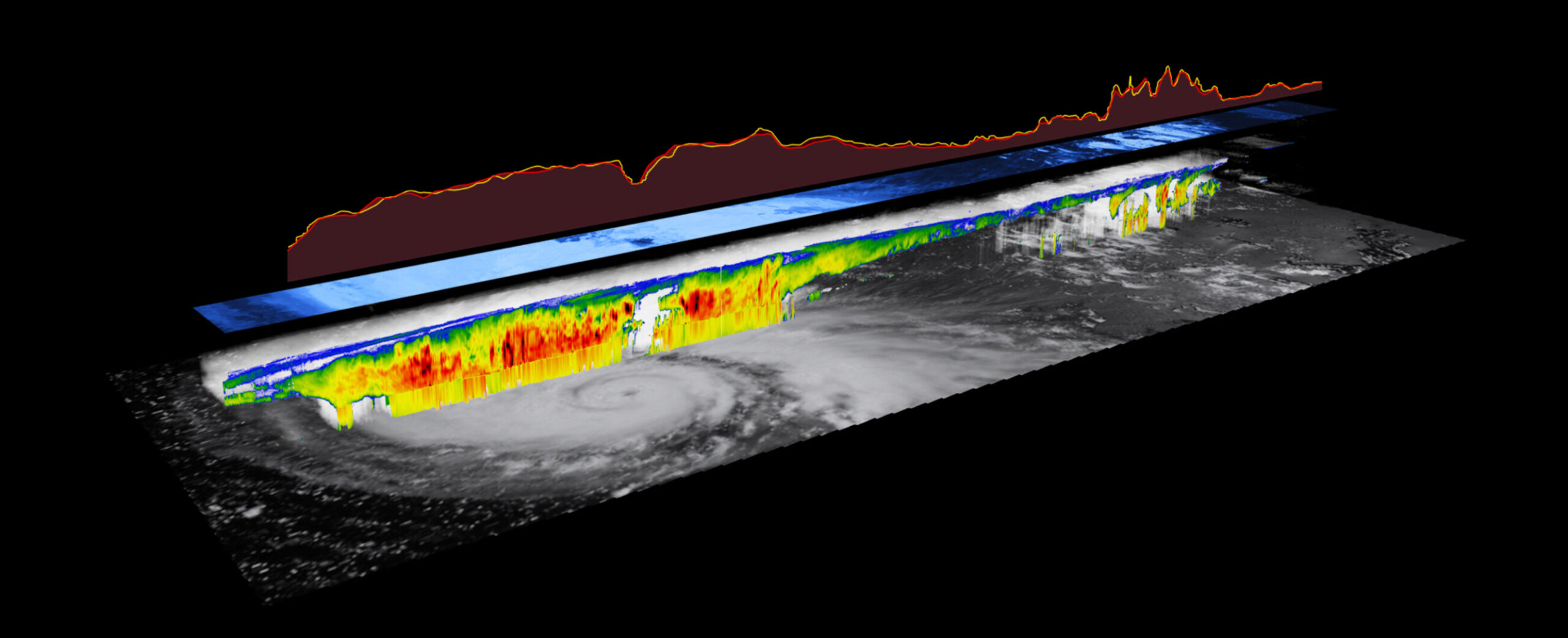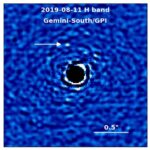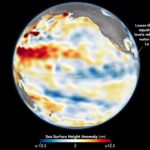The unexpected press release issued by the 509th Bomb Group on July 8, 1947, serves as a fascinating time capsule of both military urgency and public hysteria in the wake
One of the best Cyber Monday drone deals is still live, as the DJI Mavic 4 Pro is still $500, but they’ve been flying off the shelves, so there are
Embark on a Cosmic Journey with the Tee Luv Men’s NASA Space Shuttle Shirt In the grand tapestry of the universe, where stars are born and galaxies spiral in an
NASA and industry partners will fly and operate a commercial robotic arm in low Earth orbit through the Fly Foundational Robots mission set to launch in late 2027. This mission
A team of Japanese and US scientists have discovered the bio-essential sugars ribose and glucose in samples of asteroid Bennu that were collected by NASA’s OSIRIS-REx mission. This finding builds
BREMEN, Germany — The European Space Agency member states have approved a record-breaking budget for the agency’s next three-year period, including an increase in funding for science exploration and dual-use
Increased solar flare activity could cause geomagnetic storms, NOAA says, which could affect certain technologies and migrating animals.
When haze built up in the atmosphere of Archean Earth, the young planet might have looked like this artist’s interpretation – a pale orange dot. Credits: NASA’s Goddard Space Flight
China’s space agency has announced it will return a damaged spacecraft docked on Tiangong space station to Earth without crew after a suspected debris strike left it unfit for flight.
The European Space Agency’s EarthCARE satellite is now actively assessing how clouds and aerosols affect Earth’s energy balance, a critical element in understanding climate dynamics. This mission, which launched in
-
 012024 in Review: Highlights from NASA in Silicon Valley
012024 in Review: Highlights from NASA in Silicon Valley -
 02Panasonic Leica Summilux DG 15mm f/1.7 ASPH review
02Panasonic Leica Summilux DG 15mm f/1.7 ASPH review -
 03From Polymerization-Enabled Folding and Assembly to Chemical Evolution: Key Processes for Emergence of Functional Polymers in the Origin of Life
03From Polymerization-Enabled Folding and Assembly to Chemical Evolution: Key Processes for Emergence of Functional Polymers in the Origin of Life -
 04How New NASA, India Earth Satellite NISAR Will See Earth
04How New NASA, India Earth Satellite NISAR Will See Earth -
 05And Thus Begins A New Year For Life On Earth
05And Thus Begins A New Year For Life On Earth -
 06Astronomy Activation Ambassadors: A New Era
06Astronomy Activation Ambassadors: A New Era -
07SpaceX launch surge helps set new global launch record in 2024


